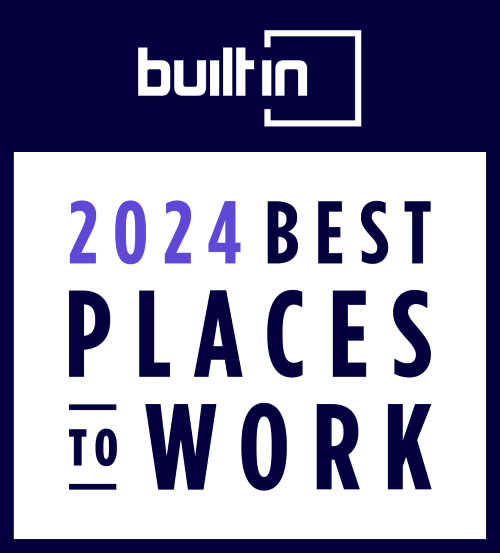At our neighborhood pool’s Labor Day event, I met a guy who sells portable Automated External Defibrillator’s (AED), those built in portable devices that send an electric shock, or defibrillation, to help the heart return to a normal rhythm. “There are four in the clubhouse,” he said. I had no idea.
If someone is having a heart attack or what’s more officially called a Sudden Cardiac Arrest (SCA) and you use an AED to shock the heart back into rhythm, you can seriously increase the victims chance of survival. They’re designed so that anyone can use one.
There are scads of stories in the news that highlight the need for an AED. Recently an elderly suburban Chicago man, while attending his granddaughter’s play, was revived with an AED that was installed just two months prior. Afterwards, the good samaritan who jumped in to help the victim realized her local pool didn’t have one so she spearheaded a fundraiser to buy one.
The American Heart Association says that quick use of AED’s can save at least 20,000 lives each year.
Each state has laws around everything from placement to upkeep, registration rules, and who has to be involved with the purchase (a physician, for instance). That means you can’t just slap one on the wall and call it good. Review the
Do you have a community party room? Consider an AED as you are working on your budget for the coming year. And at the very least, schedule a CPR training for your residents. A lunch and learn once a quarter! Talk to your local hospital and see if they have a nurse who is willing to come in and give an hour training. Are your security guards trained in CPR and basic first aid? Consider investing in some additional training so that when a life threatening emergency occurs, there’s a Good Samaritan nearby!
Does your community currently have an incident response plan in place? If not, get your free copy of our Incident Response Guide!



